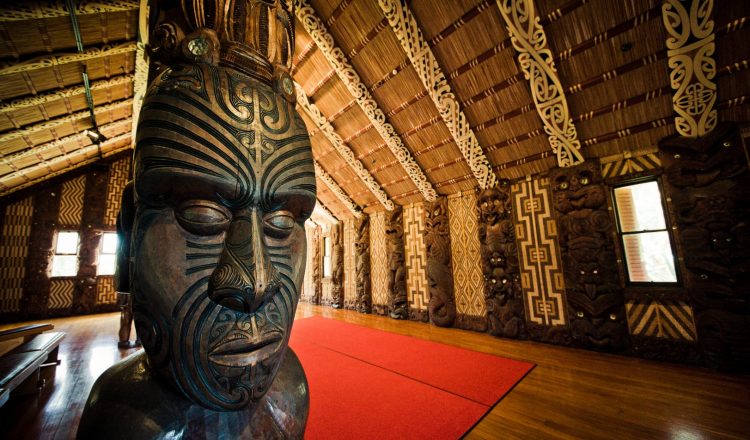キーウィのエチケット
ニュージーランドは小さな島国であり、様々な文化のるつぼでもあるため、キーウィの人々の社会的なエチケットが気になるかもしれません。彼らのマナーや社会的規範は、ニュージーランドのヨーロッパの伝統を反映したものなのか、それとも島の文化が平等になったことが影響しているのでしょうか。
その答えは、ニュージーランドではその両方が混在しているということです。
フレンドリーで歓迎的
ニュージーランドは国土が広く、人口も少ないため、街中で見知らぬ人に挨拶をするのは当たり前で、笑顔でうなずくのが普通です。道行く人に微笑みかけることは、他の文化では頭を下げて目を合わせないようにすることが多いので、異質に感じる人もいるかもしれませんが、それはキーウィの習わしではありません。ニュージーランド人はコミュニティ意識が強く、見知らぬ人に対してもフレンドリーに接することで知られています。
それに加えて、キーウィは人を信頼する傾向があります。ニュージーランドのように安全で幸せな国であれば、他人を疑う必要はありません。その代表例が、街頭や道端に設置されている「良心市(honesty boxes、無人販売所またはその料金箱の意)」です。自家製の果物や野菜、花など、さまざまなものが入っています。箱には値段が書かれており、売り子や店員がいないため、買い手を信用して指定された金額を支払い、欲しいものを取るシステムです。
マオリ文化の尊重
オープンで気さくな性格のキーウィは、常識と基本的なマナーさえ守れば、比較的簡単に溶け込むことができると言われています。ニュージーランドで求められる唯一のエチケットは、マオリ族とその習慣に敬意を持って接することです。マオリ族には数多くの聖地が国中に点在しており、訪問やアクセスを希望する場合は、長老の許可を得なければなりません。仮に、マラエ(マオリの集会場)やファレヌイ(集会所)への訪問を許可されたとしたら、その場合には、従うべき特殊なルールがあります。例えば、靴を脱いで中に入ることなどです(ニュージーランドでは一般的な習慣です)。ルールはマラエによって違うので、地元の人に聞いてみるといいでしょう。
家に入るときに靴を脱ぐのは当たり前ですが、キーウィは屋外でも裸足になることがあるようです。ニュージーランドでは、厳しい環境生まれだからか、特に田舎では、ドレスコードが非常にカジュアルな傾向にあります。靴を脱いで足の指の間にある草を感じることも含まれます。
ものを分けるときは公平に
また、キーウィの社会的なエチケットやマナーで重要なのは、共有することです。ニュージーランド人は、お互いの文化や背景を共有することに誇りを持っていますが、それだけではありません。友達同士で食べ物を分け合ったり、飲み物もみんなで分け合って買うのが一般的です。キウイはこの習慣を「shout(シャウト)」と呼ぶことがあります。シャウト(大声を上げる)する必要はなく、パブやバーでグループの分の飲み物を買えばいいのです。キーウィはケチな人間ではないので、分け合う努力をしてくれることに感謝するでしょう。

















































